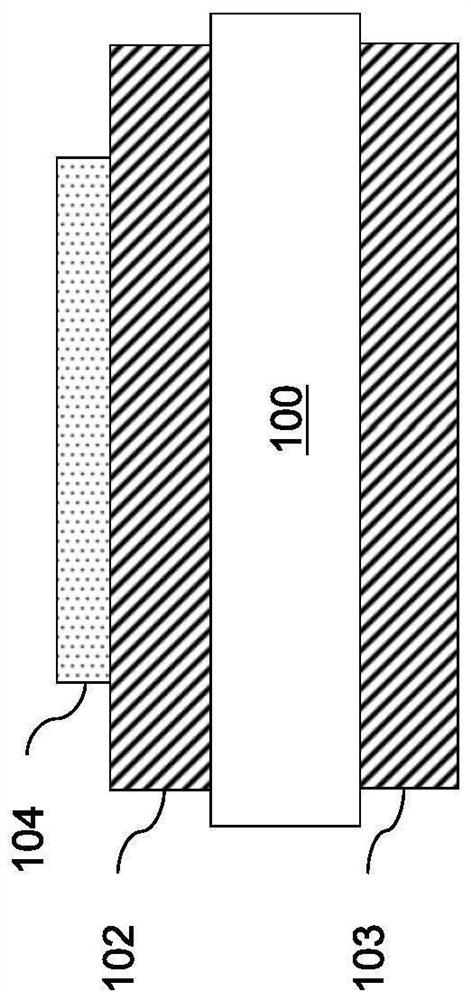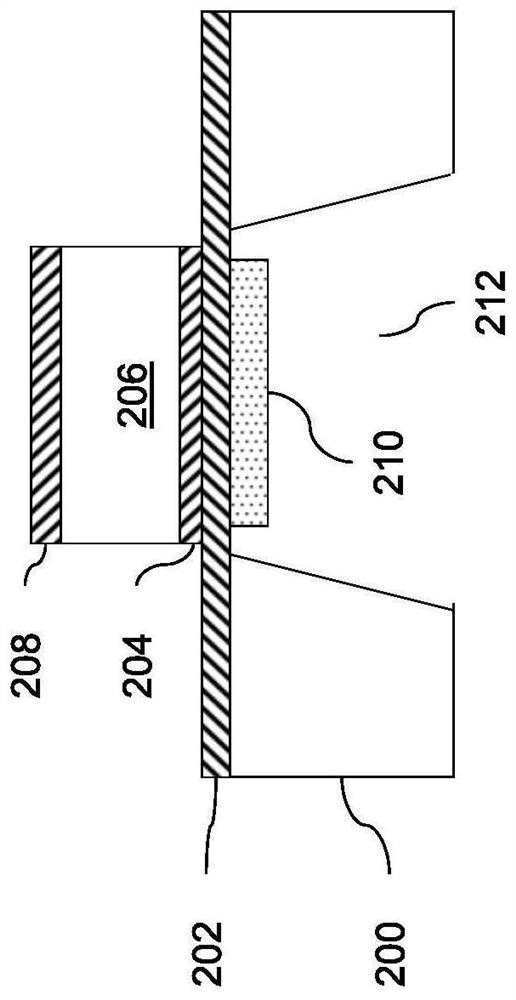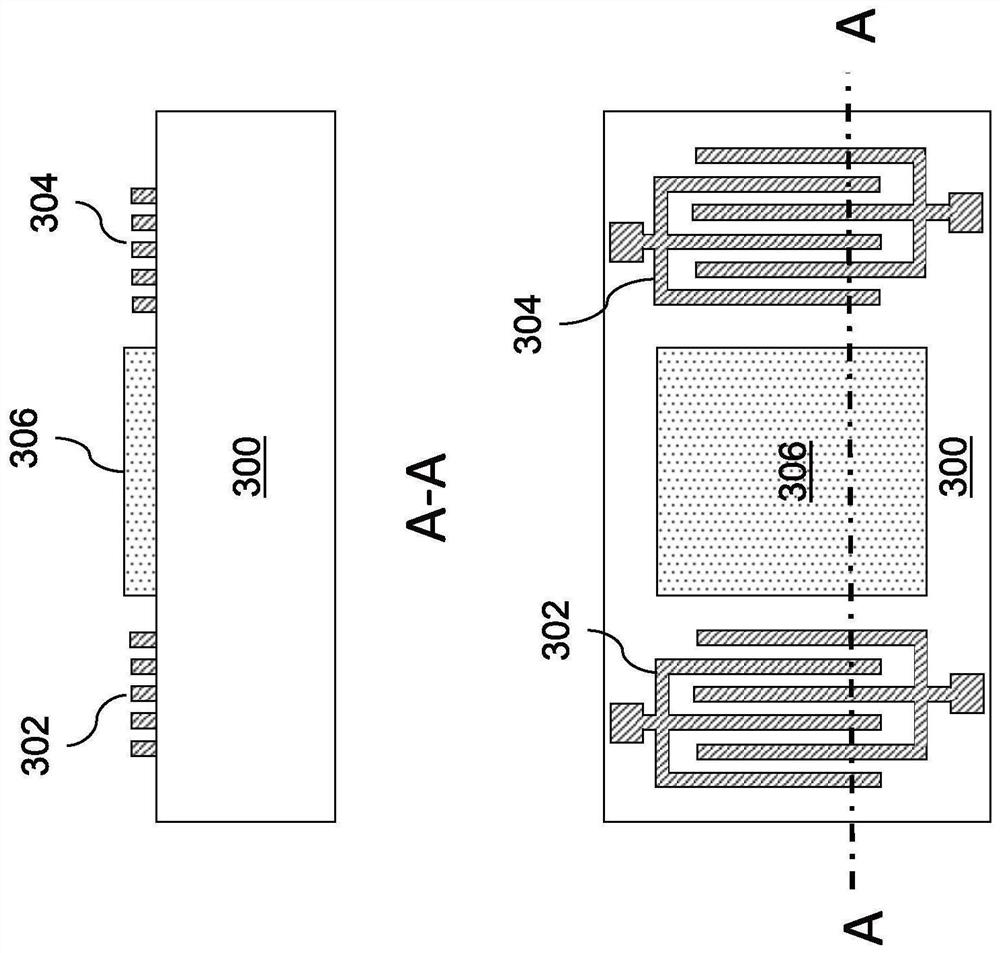Gas sensors and methods of sensing a gas-phase analyte
A gas sensor and phase analysis technology, applied in the field of gas sensors, which can solve problems such as sensor drift and loss of sensing performance
- Summary
- Abstract
- Description
- Claims
- Application Information
AI Technical Summary
Problems solved by technology
Method used
Image
Examples
example
[0068] Sensing polymer synthesis
[0069] The following polymers A-E were synthesized using the procedure described below. Number average molecular weight (M n ), weight average molecular weight (M w ) and polydispersity (PDI=M w / M n ) are reported as determined by gel permeation chromatography (GPC) based on polystyrene standards. Polymer F is produced by Dupont Electronics & Imaging as SiLK TM J Polyarylene Resins Sales of Commercial Materials.
[0070] Polymer A
[0071]
[0072] Polymer B
[0073]
[0074] Polymer C
[0075]
[0076] Polymer D
[0077]
[0078] Polymer E
[0079]
[0080] Polymer F
[0081]
Synthetic example 1
[0083] At room temperature, a 4-liter cylindrical reactor was charged with 485.010 g of dibenzofuranbis(triphenylcyclopentadienone) (DPO-CPD), 27.370 g of 3,5-diethynylbenzoic acid (DEBzOH) and 2422g gamma-butyrolactone (GBL). Then a dry ice condenser, a thermocouple with a temperature controller, N 2 Inlet and stirring system. Place the reactor in a suitable heating mantle. Evacuate the system and use N 2 Purge three times to remove air from the vessel, followed by a constant flow of N 2 to override it. The reaction system was then heated to an internal temperature of 135°C. After 1 hour, the system was cooled to 90°C, then a second aliquot (27.780 g) of DEBzOH was added to the flask, along with an additional 300 g of GBL. The reaction mixture was reheated to 135°C and maintained at this temperature for 1 hour. The system was allowed to cool again to 90°C, then a third aliquot (27.110 g, 0.25 equiv) of DEBzOH was added to the flask, along with an additional 330 g of GB...
Synthetic example 2
[0085] DPO-CPD (109.42 g) and 1,3-diethynylbenzene (18.34 g) were added to a 1 L OptiMax reactor (glass lined with Teflon TM Fluoropolymer drain plug). Ethoxybenzene solvent (309 g) was added to form a dark maroon heterogeneous mixture. The reactor was transferred to an OptiMax synthesis workstation and sealed under a nitrogen atmosphere. A stirrer with 4-blade stirrer (raised to 1 cm from the bottom of the reactor), a water-cooled reflux condenser, an internal thermocouple (placed at the middle depth of the mixture, radially placed between the stirrer shaft and the reaction middle of the vessel wall) and a 1 cm baffle (placed vertically and adjacent to the outer wall of the reactor). The internal temperature of the reactor was set to 25°C and stirring was started at 100 rpm to mix the heterogeneous contents. After equilibrating at 25°C for 30 minutes, the reactor was heated at a rate of 1°C / min until the internal temperature reached 115°C to 135°C. The reactor was maintai...
PUM
| Property | Measurement | Unit |
|---|---|---|
| number average molecular weight | aaaaa | aaaaa |
| thickness | aaaaa | aaaaa |
Abstract
Description
Claims
Application Information
 Login to view more
Login to view more - R&D Engineer
- R&D Manager
- IP Professional
- Industry Leading Data Capabilities
- Powerful AI technology
- Patent DNA Extraction
Browse by: Latest US Patents, China's latest patents, Technical Efficacy Thesaurus, Application Domain, Technology Topic.
© 2024 PatSnap. All rights reserved.Legal|Privacy policy|Modern Slavery Act Transparency Statement|Sitemap



